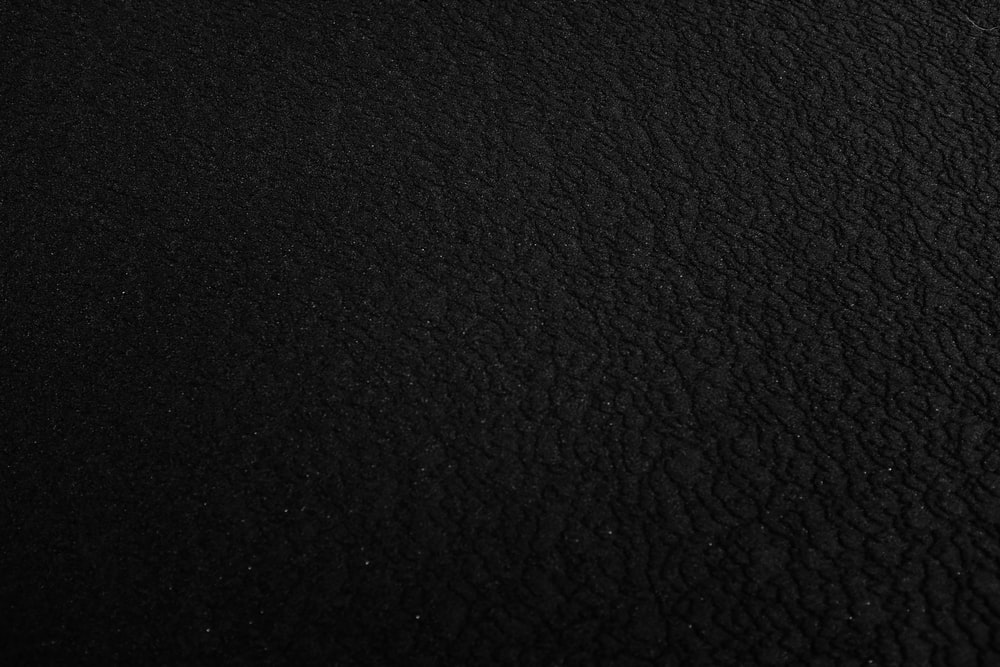Anti Fog - How Does It Work?
Condensation water is a favorable environment for the development and reproduction of bacteria and fungi. The formation of condensate in the form of drops is especially characteristic of non-polar polyethylene, from which the inner layer of food packaging is traditionally made.
Thanks to the anti-fog agent, water will not accumulate on the surface of the film, since the anti-fog agent converts water droplets into a thin transparent layer. For wetting, it is necessary that the liquid has a lower surface tension than the substrate, therefore the main principle of the antifog action is to reduce the surface layer of water and to increase the surface tension of the film. An anti-condensation additive is a surfactant containing molecules with hydrophobic (PE-compatible) and hydrophilic (water-compatible) parts. Substances migrate from the inside of the film to its surface. In this case, the hydrophobic part of the molecule remains in the outer layer, while the hydrophilic part appears on the surface of the film. Due to the surface tension of the film, the water spreads evenly, the drops form a thin transparent water layer (film).
Antifogs are introduced at the rate of 0.4–4% (or 2–5%) of the polymer mass. Most antifog supplements are esters of glycerin and sorbitol, as well as ethoxylated alcohols and phenols. Most often they are formed in the form of masterbatches.

